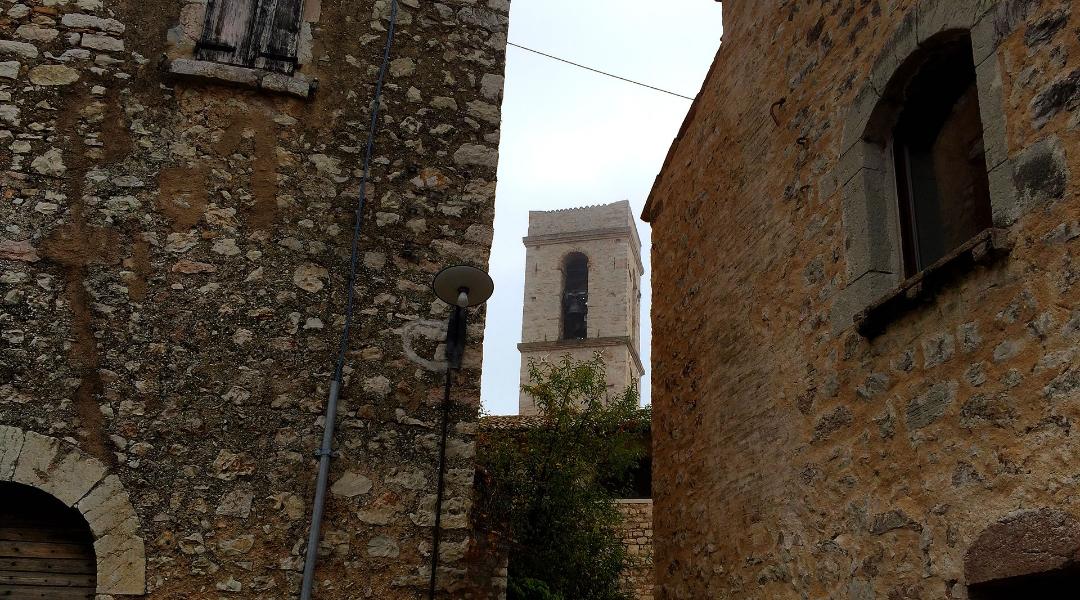The small village grew up along the access road to the side of the plain. The only gateway with defensive features and the public building next to the church are well preserved, with a charming cobblestoned square. The Church of St. Donatus, of Romanesque origin, was renovated several times in the Baroque period, especially in its interior, where, as a result of recent renovations, votive frescoes from the fifteenth century were discovered.
According to history, the castle was founded in the mid-tenth century by Rovero Champeaux, who had dominion. Frederick I, Henry VI and Frederick II always reaffirmed the jurisdiction of the Counts of Campello because they favored the Swabians against the Church.
In 1247 the Cardinal Legate Capocci recognized possession of Campello to the City of Spoleto. The animosity of the Counts of Campello against the Church recurred in 1326, when Count Argento Campello gathered militias to take it back.
The Counts of Campello ceded their feudal rights to the castle to the Confraternity only in 1390. From then until the eighteenth century the castle was joined to the city of Spoleto, when it became an independent municipality.
In nearby Pian delle Rotte, the exploration of a natural cavity has revealed a core of coarse clay pottery ascribed to the early
and middle Bronze Age. The vases, found crushed in the earth, would suggest a ritual use of the cave. In general, Bronze Age sites are at the edge of the alluvial plains or in the hills, sheltered from the problems caused by the marshy plains.





























.jpg/0182c564-e085-d7a4-40b6-cb530587703e?width=780)


